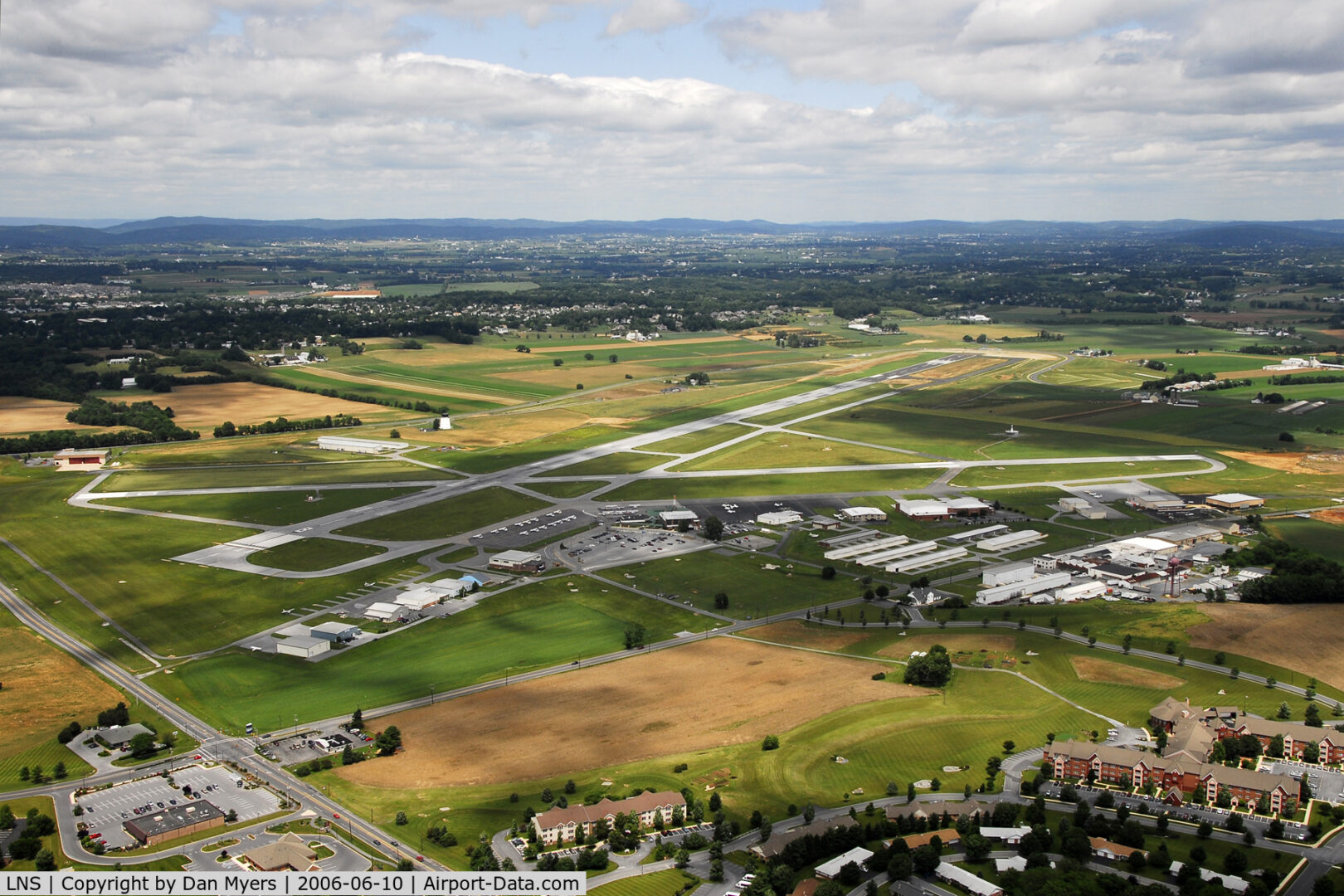
Will Lancaster Airport suffered if taken out of Essential Air Service program?
-
Scott LaMar

Airdate: October 2nd, 2023
Lancaster Airport is the third busiest in Pennsylvania.
However, the airport could be removed from the Essential Air Service program that was designed to ensure small communities maintain a minimal level of scheduled air service. Lancaster Airport’s Executive Director Ed Foster was on The Spark Monday and explained what EAS is,”The Essential Air Service program is a government subsidized program that allows service in communities where they otherwise might not have service. Historically, it’s been limited. If you were within 40 miles of another airport and in 2020, that rule was omitted from the rules, which meant that our airport was eligible for Essential Air Service. We’re one of only two airports in the whole country that that rule impacted.”
Under the Essential Air Service program, airlines are subsidized up to $200 per passenger to fly out of the airports that are part of the program.
Whether Lancaster continues to be in the EAS program may be determined at the federal level by how many miles it is from Lancaster Airport near Lititz to Philadelphia International Airport. A 2020 amendment to EAS said an airport had to be over 70 miles from another airport to be eligible. Depending on the map used, Lancaster Airport is anywhere from 66 to 96 miles away from Philadelphia International if driving.
What would the ramifications be for Lancaster Airport if it wasn’t part of Essential Air Service,”If we didn’t have it, we would have no air service at all today. The only air service we have is on the Southern Airways Express that goes to Pittsburgh and Washington Dulles daily, about five or six flights a day. And it allows our local community to connect worldwide at those two airports to go on their vacations or business trips.”
Foster he believes Lancaster could support larger planes that hold more passengers.
One of the criticism of the EAS program is it hasn’t kept pace, since it was enacted in 1978 after airline deregulation, with changes in the airline industry like smaller, less expensive airlines servicing more rural airports. Foster said he agrees with part of that,”It has a national formula to fit a problem that, in my opinion, does not fix a national problem. It needs to be looked at more regionally or specific (to the airport). And that’s the problem we have in our aviation model, is we try to come out with one fix that fixes everything. And you can’t. The airports that have the Essential Air Service have a complex need for service.”
Foster stopgap spending plan approved by Congress over the weekend should give Lancaster Airport a reprieve for the time being.

